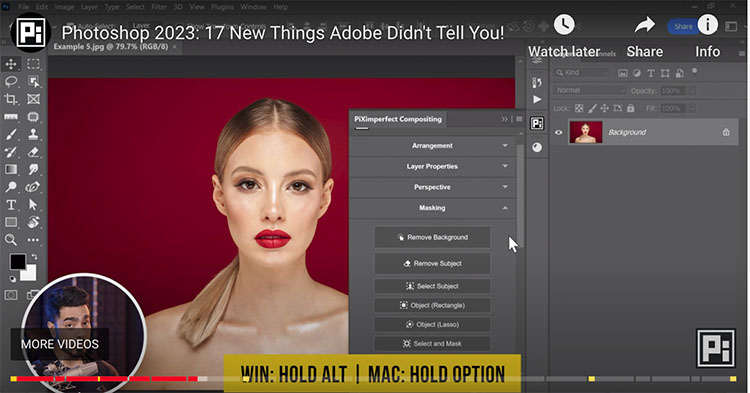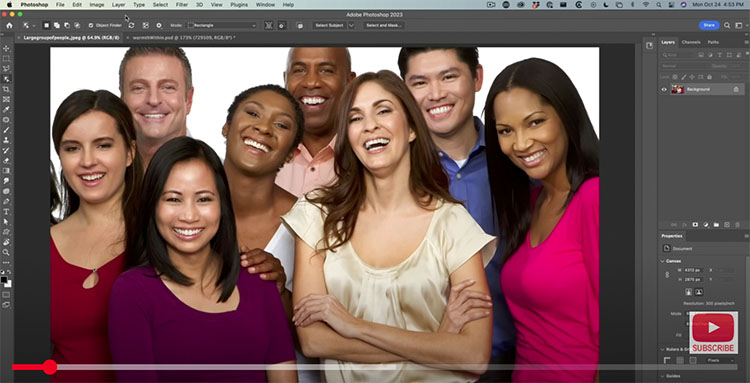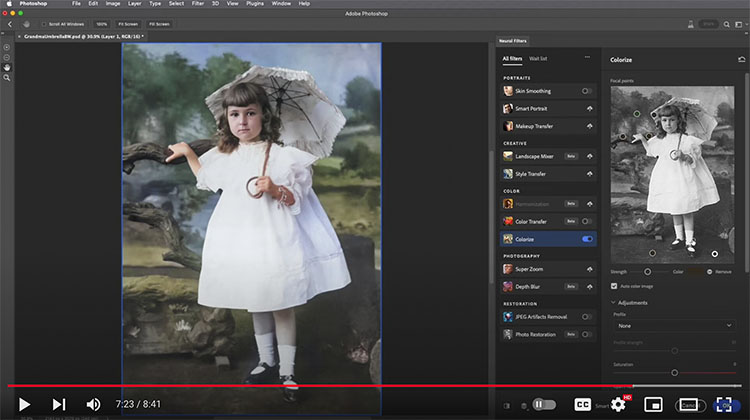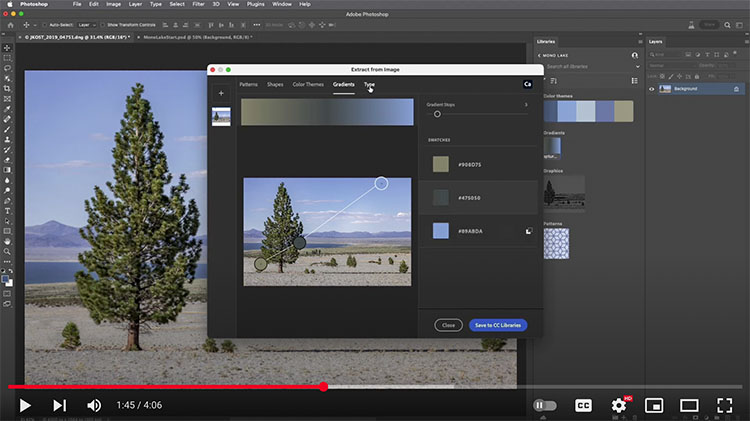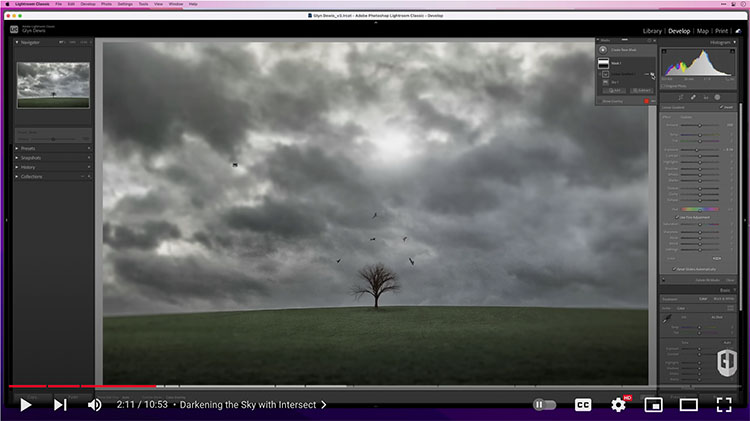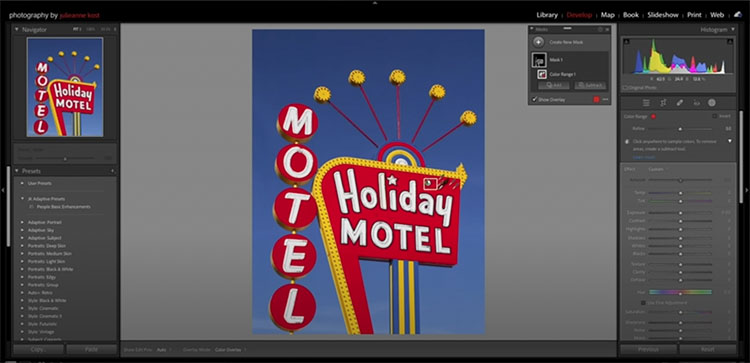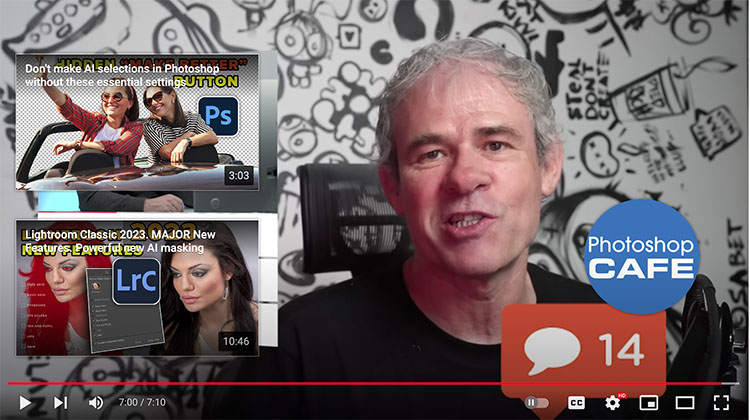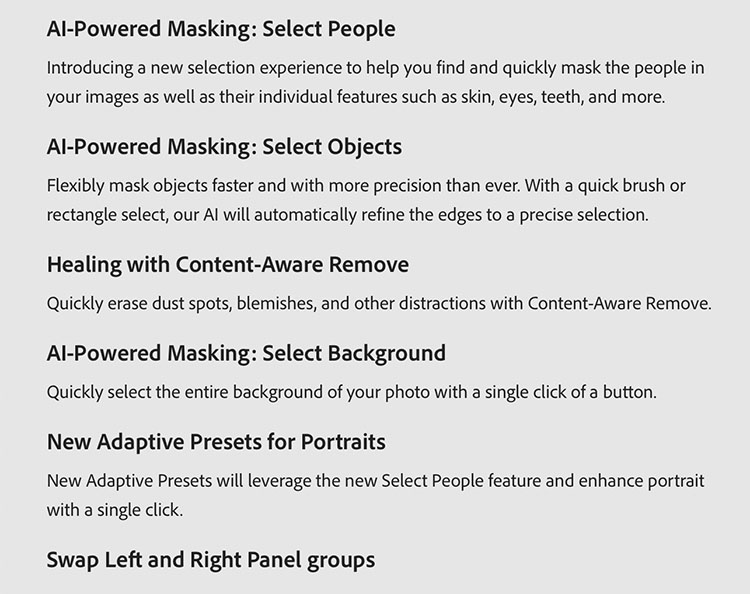One Scary New Tool to Remove Anything from Photos!

.
“Discover an incredible tool to instantly remove anything from a photo, no matter how complex the image is!
In this video, we will compare Photoshop’s Content-Aware Fill to the free Dall-E A.I. image generator for removing objects from challenging photos. We will discuss the limitations of Photoshop and see whether Artificial Intelligence can bridge the gap; and test whether artificial intelligence can fill in empty areas when there is nothing to sample from.”
Find more of Unmesh Dinda’s PiXimperfect here.
Learn more in my digital photography and digital printing workshops.



